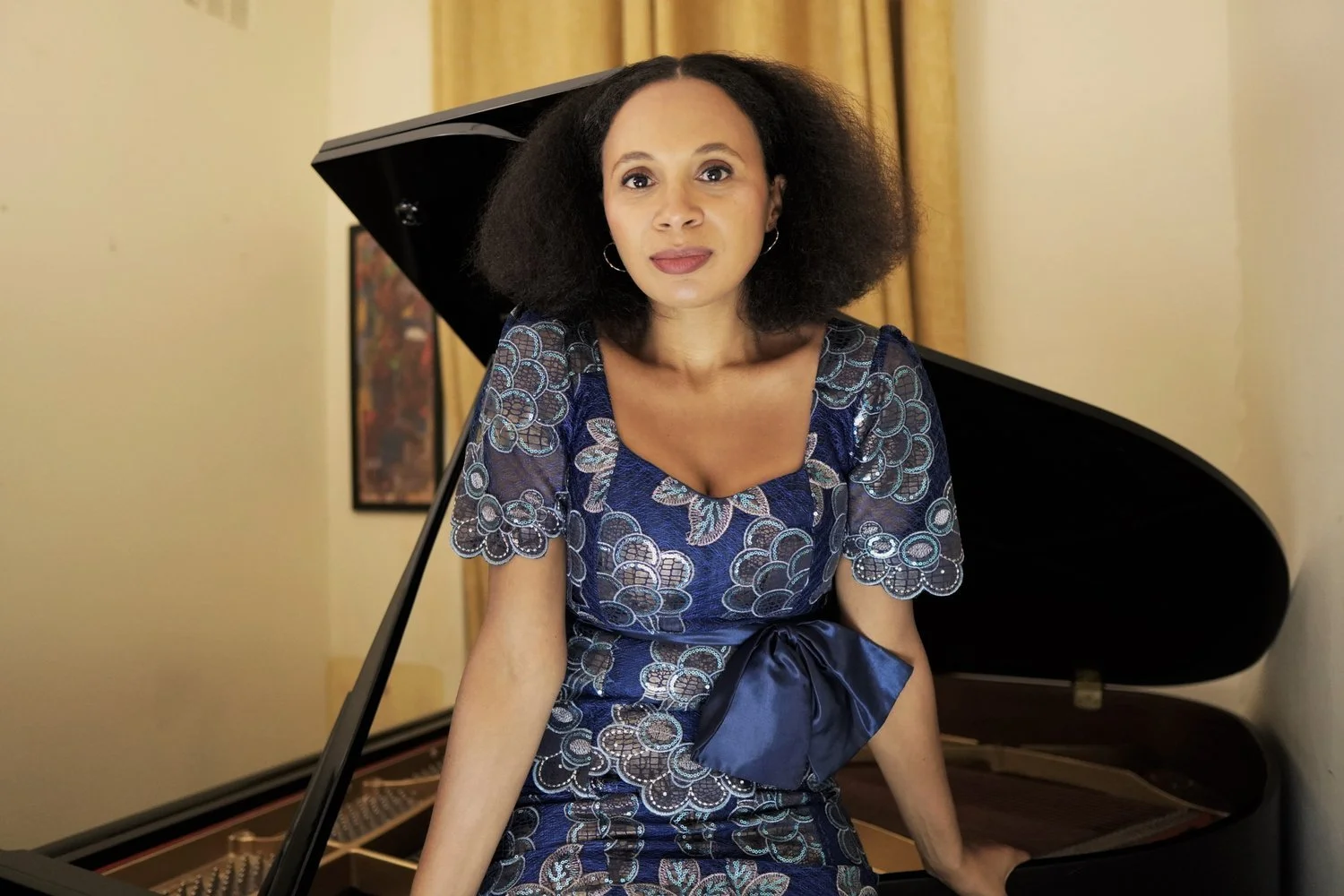Meet Associate Composer Atefeh Einali, a composer and Santoor player based in Manchester. From writing for orchestra to expression through painting, learn about Atefeh and her creative practice ahead of her time on the scheme.
How would you describe your practice?
I am from Tehran, Iran, and I have been playing the Santoor (Iranian Dulcimer) for the past 20 years. I studied a great deal of Iranian classical music repertoire during my music education in Iran and later decided to pursue a master's degree in composition. I wrote my first piece – The Sea – when I was a child and had been playing Santoor for only a year. I studied at the University of Tehran and then the University of Manchester, during which time I received commissions to write for Pssapha and the International Guitar Foundation. Following that, I realised that I really want to expand my research into the intersection of Iranian classical music and contemporary music. Nonclassical is a place for me to collaborate, curate, and experiment with my ideas while working on my PhD – my research focuses on the creative interaction between Western and Persian musical languages. Since the pandemic I have also been working a lot with my ensemble Avazad – we have been running monthly forums for and with composers as well as workshops and performances too.
What message do you want to convey through your work?
My personal life has always been a source of inspiration for my compositions. The challenges and feelings I have experienced throughout my life often inspire my work, and occasionally influence the names of my pieces. As a woman from the Middle East, a musician, and a migrant, my life is often full of challenges and ups and downs which I feel the need to express through my music.
Still from a performance of Atefeh’s piece ‘Give me my voice back’ at Manchester People's History Museum in May 2019. The work reflects on the voice of women musician's right in Iran.
Which part of the scheme are you most excited about?
Since my studies in Iran I have wanted to write for an orchestra, and I never imagined I would have the opportunity to work with a symphony orchestra one day. Even after I moved to Manchester, these opportunities aren’t very common – so I am very excited to be working with Southbank Sinfonia.
What are you hoping to explore over the course of the scheme?
I’m looking forward to collaborations with new artists, as well as the mentoring and coaching sessions. This is an once-in-a-lifetime opportunity for me.
Where is your favourite place to create?
I often take inspiration from the various places I visit during the day. Walking, shopping, or sitting in a café and watching people can provide me with many ideas – I listen to environmental sounds and draw ideas from them. Sometimes I’m inspired by the rhythms made by walking, talking, or an object nearby. I also read Farsi poetry – I often find inspiration in the words, particularly the rhythm of the words. I usually begin with a sketch; I bring my feelings to the paper – like a drawing – and then try to imagine sounds for them. Paints and colours can also be a source of creativity for me; I paint a lot while listening to music. I have even organised music and colour workshops with Eliorah Goodman to create a space for people to express themselves through colour. During the workshop I improvise on the santoor and ask people to draw or paint whatever they want – not just based on what they hear, but on their feelings.
Photos from Atefeh’s art and music workshops
























Sound Sculptures, Dynamical Systems, Natural Environments celebrates the unpredictable beauty that lies within both the natural world and the realm of sound.